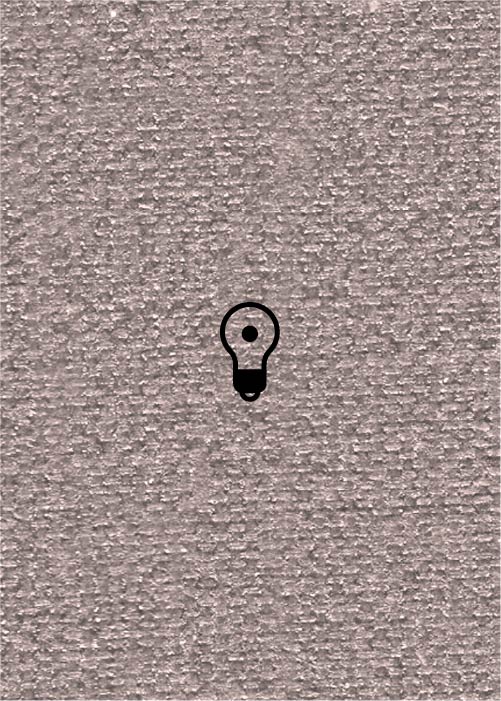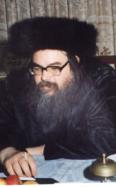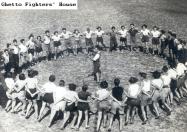(1176 results found)
Ades Synagogue
… many Jews emigrated from Syria to various countries, particularly the U.S., England, different Latin American … decorations, such a mural dating from 1911-1912 by the artist Yaakov Stark, one of the founders of the Bezalel … tradition. In Jerusalem, the Ades community maintains the musical tradition of the Aleppine Jews. Each Shabbat is …
Hay ram galeh
… the veteran paytanim of the Ades synagogue in the Nahlaot quarter of Jerusalem. The Ades synagogue was founded in 1901 … it became major hub for liturgical and paraliturgical music in the modern western section of Jerusalem. It also … Egyptian song became hegemonic throughout the Arab world partly due to the development of the music industry in Cairo, …

The Tedeschian Community
… itself, but also the urge to preserve it, formed a vital part of their identity. As time passed, the community faced … within the synagogue, and these are apparent in the music: The piyyutim melodies are mostly borrowed from the surrounding culture, and help to bridge between the musical fashion outside the synagogue and the prayer …
Admor
… a specific blessing for something the H assid needs in a particular moment: good livelihood, successful matchmaking, … Vishnits, in order to emphasize the importance of study, participate in the graduation parties of the students of the … Zemirot with them. He also took the job of renewing the musical tradition of the dynasty, and acted as a musical …
Kabalat Shabat
… Kabalat Shabat refers to the part of the Friday evening service that precedes the regular … circles as well, such as Kibbutzim, schools and kindergartens. In the United States, many Reform and Conservative … … Piyyutim … קבלת שבת … Liturgical music … Piyyutim … Piyyut … Piyyut … Synagogue music … …

Heikhal Hanegina (the Hall of Music)
… hall in which entrance is permitted only through song or music. There is a common belief that the Heikhal Hanegina is … them with holy texts. Abraham Zvi Idelsohn , in his article 'Hanegina Ha h assidit' [1] , writes, 'Most of the … America, 1931). [2] This ellipsis appears in the original article of Idelsohn, the rest of the ellipses are additions …

Musical instruments of the Mountain Jews
… 'gar - mon' or 'ghumuz' in Juhuri and Qumiq), adopted by musicians from eastern Caucasus (also Azerbaijan and western … both double and sympathetic strings set the Caucasian tar apart from its Persian/Turkish counterpart. The Caucasian tar is held, as in Turkey, against the …
Seliha-Selihot
… form Selihot stands for a prayer service in which the participants ask for forgiveness for their sins, by singing … days of Selihot before Rosh Hashana. In that case they start it on Saturday eve of the week before. The month of Elul … . 4. ' Selihot according to Siftei renanot .' Jewish Music Research Centre . 5. Sasson, Amnon. ' Seliha/ Selihot …

Society for Jewish Folk Music
… on the eve of the Russian Orthodox Easter, two Russian musicians met in an encounter that was to have impacts on … like lightning… this was the memorable night when Jewish art music was born.” From that moment, Engel dedicated his … and others. They laid much of the foundation of modern art music written in Palestine and later Israel, as well as …
Hora
… which had acrobatical dance figures was comprised of two parts, slow and fast. These were accompanied by two melodies, … r Moshe (Musa) Berlin (b. 1937), who took his tunes from musical scores and records published in the U.S., used the term Rumanian Hora (see musical example below) for a pair of slow Hora and Freylekhs …








